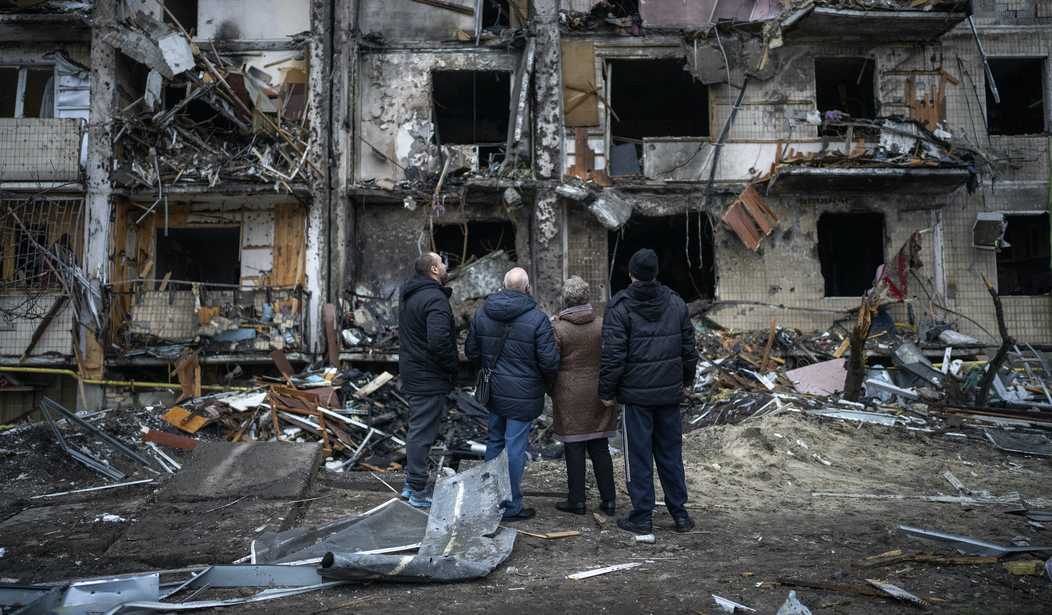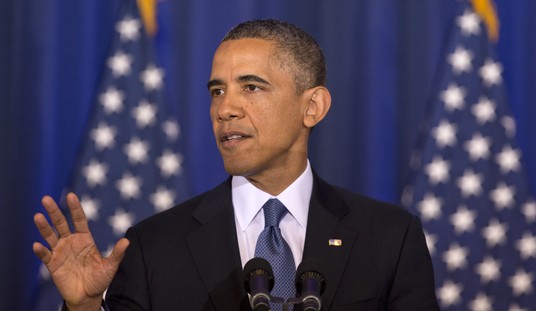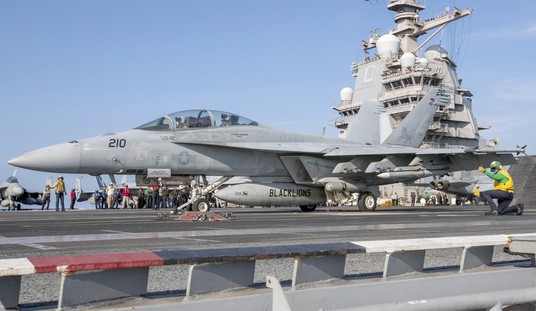It’s not as if the U.S. and its NATO allies have failed to react to Vladimir Putin’s amplifying threats and current onslaught against Ukraine. We’ve seen months of frantic U.S.-led diplomacy, European visits to the Kremlin, speeches in Munich, additional U.S. troops dispatched to reinforce NATO, UN Security Council meetings and new sanctions on top of old sanctions.
Nonetheless, it’s hard to escape the sense that the mighty democracies of the West are not so much standing with Ukraine as sitting like spectators at the Colosseum — watching Ukraine do single combat against Russia.
To be sure, the U.S. and its allies are rooting for Ukraine, providing Ukraine with military hardware and logistical support, and rolling out stacks of sanctions and condemnations and other non-kinetic punishments for Russia.
But this is now a gunfight — a war — not a diplomatic dinner party or a Harvard seminar. Yes, formal alliances matter, and Ukraine is not part of the 30-member NATO alliance. But right now Ukraine is the frontline in a showdown over the unwritten rules of the prevailing world order — and you can bet China’s dictator, Xi Jinping, with his own predatory ambitions, is watching, and learning plenty about how we handle such things these days.
When Biden says, repeatedly, that he will not send troops to fight Russia, because “That’s a world war when Americans and Russians start shooting at one another,” that’s a clear message to Putin that if he’s willing to send guns into non-NATO terrain, it’s open season. America might send aid, but America’s mighty armed forces will steer clear.
In that calculus, it is no longer America deterring Russia, but Russia deterring us.
Putting America on the defensive is clearly part of that Putin playbook from which the White House has been sharing selected excerpts with the world. Among the items the White House has not been publicizing is the leverage Putin enjoys when the White House is filled with people so terrified of triggering his next aggressive move that they carry on trying to cajole and appease him until after he’s made it. At that stage — witness the explosions now taking place in Kyiv — Russia’s predations become far more damaging, costly, and hard to reverse.
Putin took advantage of much the same White House hesitancy during the Obama-Biden administration, when Putin in 2014 seized Crimea from Ukraine and effectively dared the free world to do anything about it. Obama scolded and rolled out sanctions, Russia absorbed them and kept Crimea. Following Biden’s August 2021 debacle in Afghanistan, and the shackling of U.S. energy while waving ahead Russian gas for Germany last year, Putin evidently concluded the stars had aligned to invade the rest of Ukraine.
It’s far more compelling right now to muster respect for the late-night comedian turned courageous president of Ukraine, Volodymyr Zelenskyy, risking his life in his country’s defense, than to trust the career politician turned president of America, now week-ending in Delaware, having urged us all to wait a month to see what sanctions can do.
We’re hearing a lot from Biden and his team about how Russia’s war on Ukraine is animating and unifying NATO. Biden is doing the right thing in dispatching more troops to shore up NATO’s members in Eastern Europe. But that’s not a big help to Ukrainians now fighting for their country in a hot war. When the U.S. offered to evacuate Zelenskyy, his response said it all: “The fight is here; I need ammunition, not a ride.”
Nor is it clear that NATO’s vaunted unity is all that unified. Germany, a pivotal NATO member which for years has chosen a lifestyle entailing a small military and big reliance on Russian gas, does not inspire confidence (despite the suspension, for now, of opening up Nord Stream 2 to bring more gas from Russia — I’ll believe the Germans mean it when they rip out the actual pipeline).
One of the most despicable scenes as Putin massed his forces to threaten Ukraine, was Germany refusing last month to greenlight the export of German-origin weapons to Ukraine from the Baltics — themselves high on Putin’s hit list, despite their NATO memberships. Germany has now reversed its policy of not sending weapons to conflict zones, with Chancellor Olaf Scholz noticing, at this late hour, that Russia’s invasion of Ukraine “threatens our entire post-war order.” Germany is now allowing transit, and plans to send anti-aircraft weapons to Ukraine — or, and this is now the problem — whatever is left of it.
Biden says that if NATO is attacked, America will fight for every inch, as Article 5 of the NATO charter requires. An attack on one will be treated as an attack on all. That’s great, and America must stand by it.
But if we are then to avoid the moment in Putin’s escalating game of chicken when he tests Biden’s precarious credibility by turning his guns on NATO members such as the Baltics and Poland, something more is needed. We can debate — the quicker the better — what that should be, but it has got to entail better strategy, tougher resolve, and more willingness to take the risks needed to deter not only Russia, but China — with its sights now on Taiwan, and beyond.
Surely it is not actually good for NATO, or for the rest of the free world, if America defaults to a strategy of sharing box seats with its formal allies at the Colosseum, while friendly polities not privileged with any formal alliance are forced one by one into the arena, to do single combat with Russia — or, for that matter, China.









Join the conversation as a VIP Member